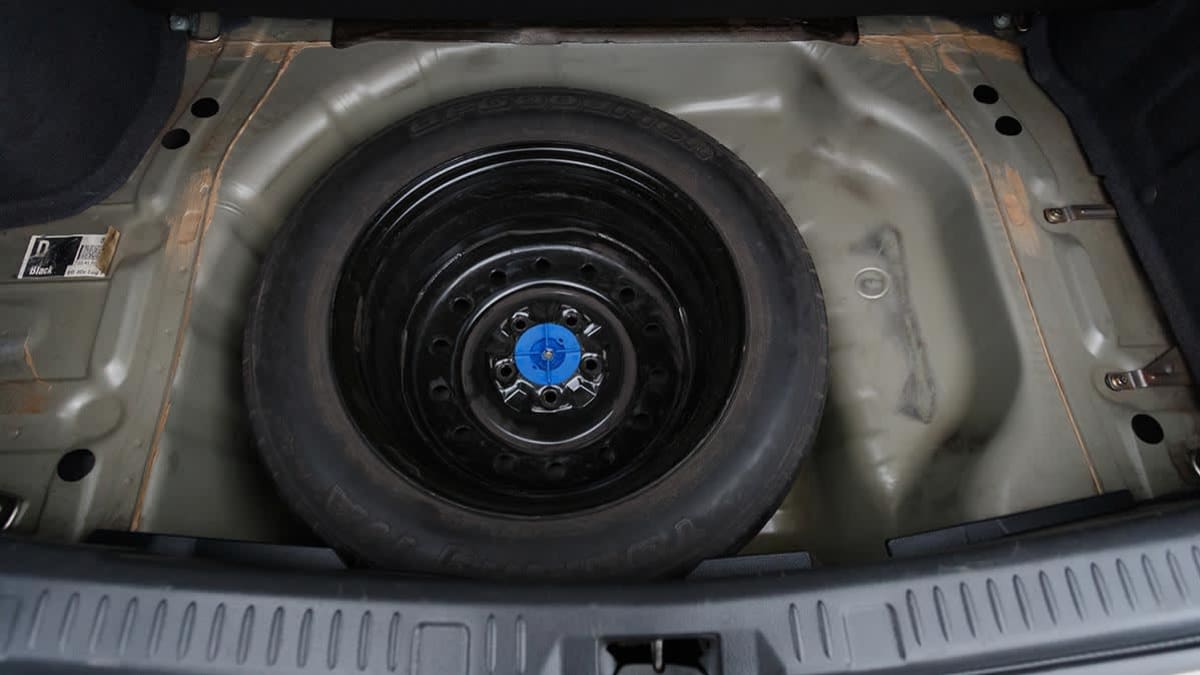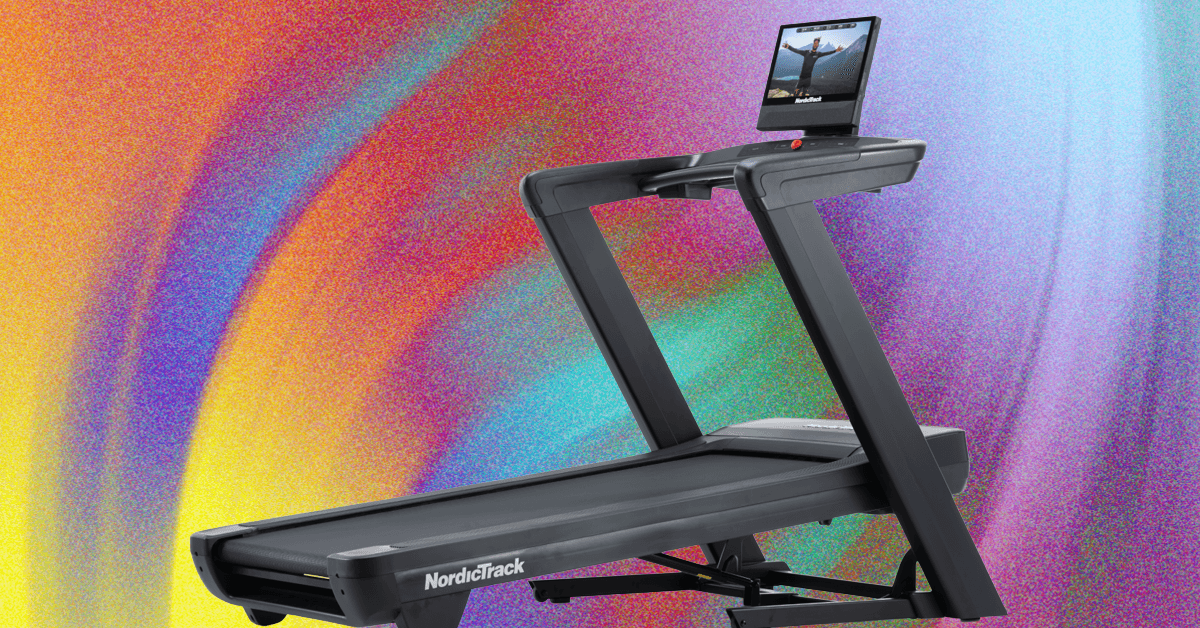
If your spare tire is on the exterior of the vehicle, such as underneath an SUV or pickup truck, you’ll want to be extra vigilant because the tire is exposed to the elements. Bolts exposed to the weather, and especially road salt, can corrode, making it difficult to lower the tire. It’s smart to remove the tire once a year to make sure it’s still accessible—better to address a stubborn bolt or other issue at your convenience rather than on a dark, rainy roadside.
Make sure the air pressure is in the recommended range. Spare “donut” tires typically require more air pressure than a new full-sized tire. Check the air in your spare at the same time you check your other tires, and top off as needed. Tire pressure drops as the weather gets colder. A typical car tire measured at 30 psi during 80-degree temperatures will register 25 psi when the outside temperature drops to 30 degrees. In other words, a tire drops about 1 psi for every 10 degrees, meaning the change of seasons can have a significant impact on pressure.
CR tip: The last two digits of the DOT number on the sidewall of the tire indicate the year the tire was manufactured.









